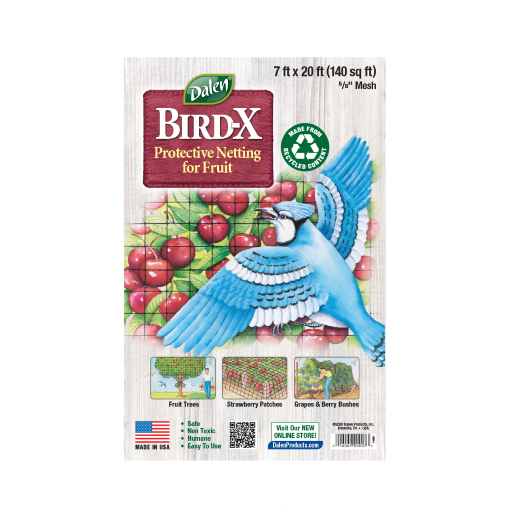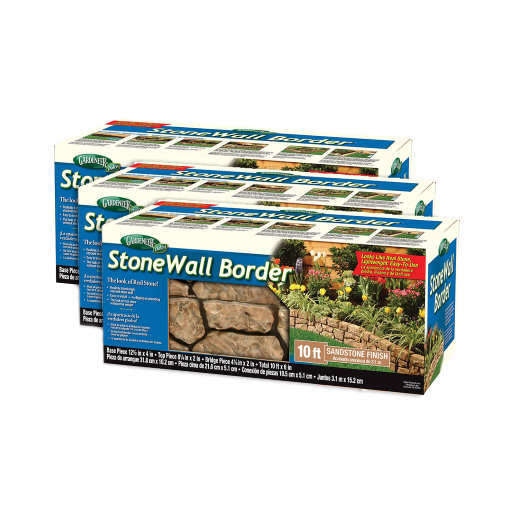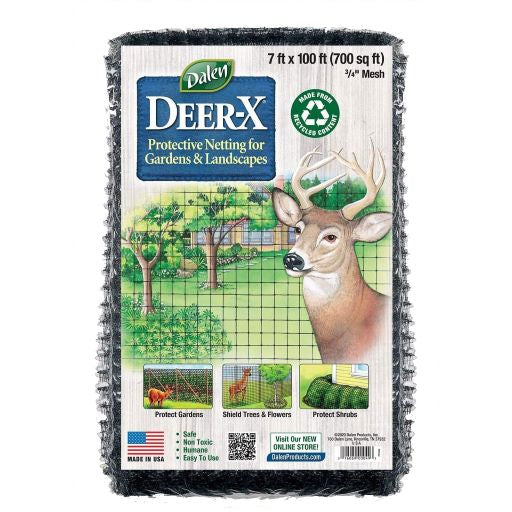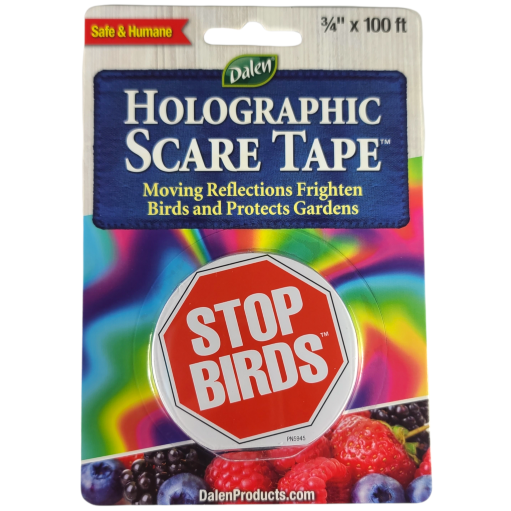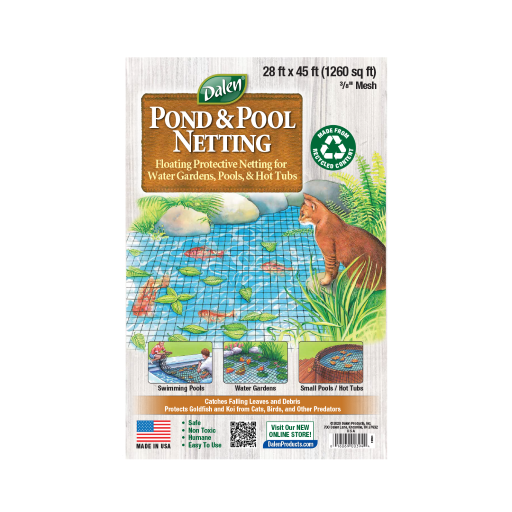Whether you are a seasoned tomato gardener looking to step up your game this summer, or a complete novice looking for a solid plan for your first tomato growing efforts, this checklist will help you with your goals!

1. Choose Tomato Seeds Selected for Your Region and Climate
The first step in your prize-winning tomato planning is choosing the best seeds for your region and climate. Heirloom tomato plants offer superior texture and flavor, but you don’t have to take our word for it. ThisScientific American article about heirloom tomatoes is a great resource for learning more.
2. Choose Tomato Varieties for Your Growing Space
When choosing your seeds or plant starts, it is also important to consider what varieties are best suited to your growing space. Indeterminate varieties, or vining varieties, cover larger areas and require pruning and trellis support. Indeterminates are great for large backyard gardens where space is not an issue. For patio container gardens, smaller yards, or a sunny deck, determinate varieties, or bush varieties, are a better option. Once the indeterminate varieties reach their full size, they bear fruit and then die back.
3. Start Off Growing Tomatoes Indoors
Starting your seeds indoors significantly extends your growing season and ensures that your seeds germinate properly. For best results, use a small growing light rather than rely on a sunny window. Starting your tomato plants from seeds is also much more economical.

4. Give Tomato Seedlings a Head Start
Once your seedlings are off to a good start, you’ll soon be calculating when you can plant them outdoors. If you’d like to get your seedlings in the ground ahead of the suggested timeline for your region, Dalen Products’Season Starter provides frost protection to your plants up to six weeks before suggested planting.

5. Find Nutrient-Rich Soil for Your Tomato Seedlings
Finding nutrient-rich soil for your tomatoes is easiest when you are using raised beds and purchasing the soil for the beds by the bag. Tomatoes will grow well in most soils, as long as it isn’t clay, but they prefer loam and sandy loam. If you are planting directly into the group, you may want to have your soil tested for nutrients or pH levels. When planting your tomatoes in raised beds or into the ground, make sure that the soil around them is loose and not compacted. Loose soil promotes strong root growth in your plants.
6. Grow Prize-Winning Tomatoes in Raised Beds
Growing tomatoes in raised beds has many advantages. Raised beds offer a deep layer of soil to support strong root growth as well as tend to have fewer weeds. The ergonomics for weeding is also improved with raised beds since you can tend to your plants without bending all the way to ground-level. To learn about straw bale gardening, a great raised bed option, check out our recent blogHow To: Grow Straw Bale Tomatoes.
7. Co-plant – Tomatoes Love Company!
Make efficient use of your garden beds, whether you’re using raised beds or in-ground beds, with co-planting. Tomato plants need ample space between them to allow them to thrive, but you can plant low-intensity crops like small leaf lettuces in between. You’ll expand your crop potentials and help keep weeds at bay, too. It’s win/win!
8. Make Sure Your Tomatoes Have Plenty of Sun and Warmth
Your tomato crop will be most successful if you plant in a sunny area.Automator Tomato Trays are a great way to create a beneficial microclimate for young plants, and are proven to increase your crop by up to 40%. Tomatoes love warmth, too. One way to maintain warmth around your tomato plants is to add mulch. Another way to keep plants warm is withBetter Reds® Tomato Booster which reflects a spectrum of health-promoting light rays on the undersides of plants, increasing tomato plant yield by up to 20%.

9. Watch Out for Pests on Your Tomatoes
Garden pests can be an issue for even the most seasoned tomato gardener. Tomato hornworms, huge green caterpillars with spikes on their tail, can decimate your tomato plants if you don’t catch them early. Unfortunately for the squeamish, the best way to get rid of tomato hornworms is by removing them by hand and dropping them into soapy water. You can find more informationhere.
Tomato Mosaic Virus causes a variety of symptoms in tomato plants, including badly formed or yellowed leaves and stunted fruits, and even worse, can remain in the soil for up totwo years. It is usually spread by human involvement, so it is important to keep hands and tools clean when handling plants and seeds. Keeping your garden soil damp also helps clear the virus. The Extension at the University of Minnesota has detailed information on how the Tomato Mosaic Virus is spread and how to help prevent ithere. Plus, for a deep dive on pest prevention, check out15 Ways to Keep Pests Away.
10. Ensure Proper Watering for Juicy Tomatoes
A juicy tomato is a well-watered tomato. Even a single event of water deprivation can cause a tomato plant to drop its fruit, so plan to water your tomato plants early and consistently. Proper watering also prevents blossom end rot, which can ruin your juicy crop. When daily watering by hand isn’t preferred, Dalen Products’Automator Tomato Trays provide continuous watering for several days worth of hydration by using reservoirs of water for gravity-fed, slow-drip irrigation between waterings.
11. Use Sturdy Trellising for Bumper Tomato Crops
Even when you first plant your tomatoes outside, have a plan for trellising in mind. Trellises improve yields substantially, and it is much easier to implement a solid strategy before your plants are growing than to try to address rapidly vining tomatoes that need more support. Using tomato cages, stakes, or trellis netting keeps your fruit off the ground and away from pests and the risk of rotting. To support fruit as it develops, choose sturdy tomato cages or nylon trellis netting. While they might cost a little bit more than flimsier options, these devices will save you money in the long run.







